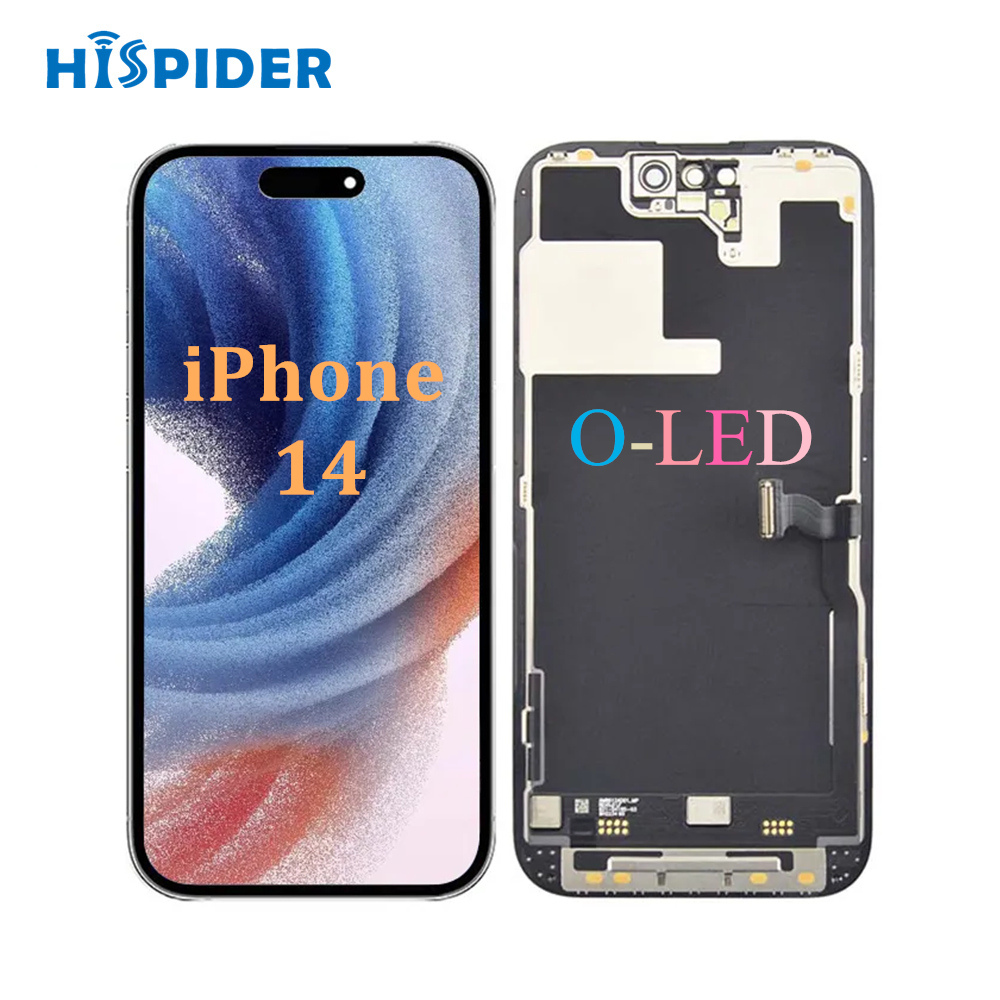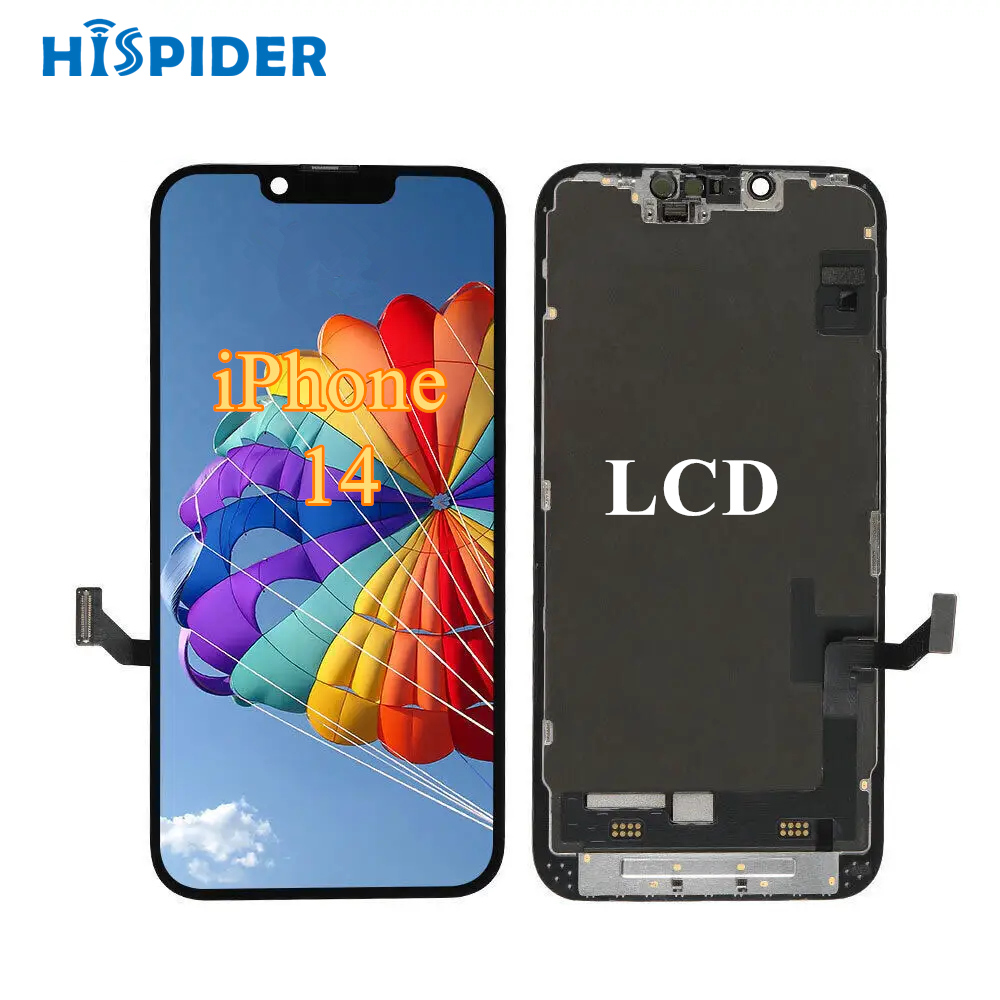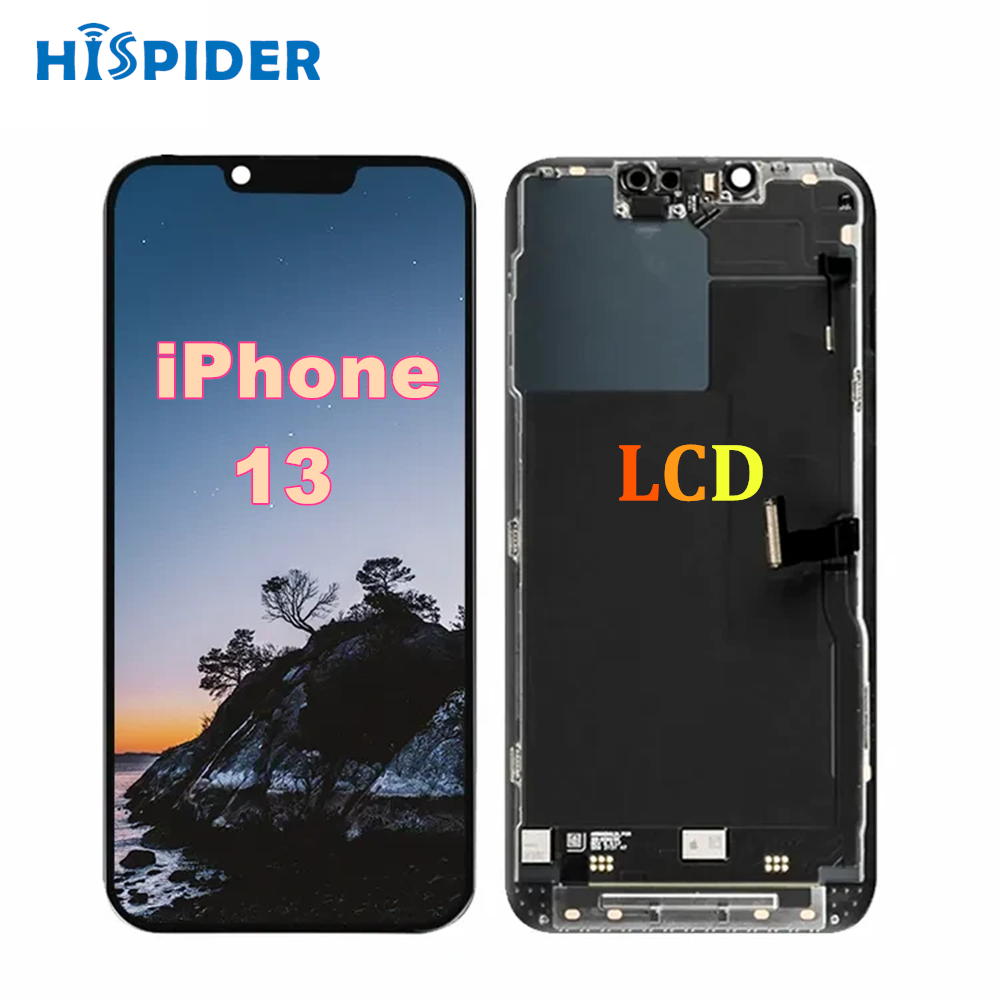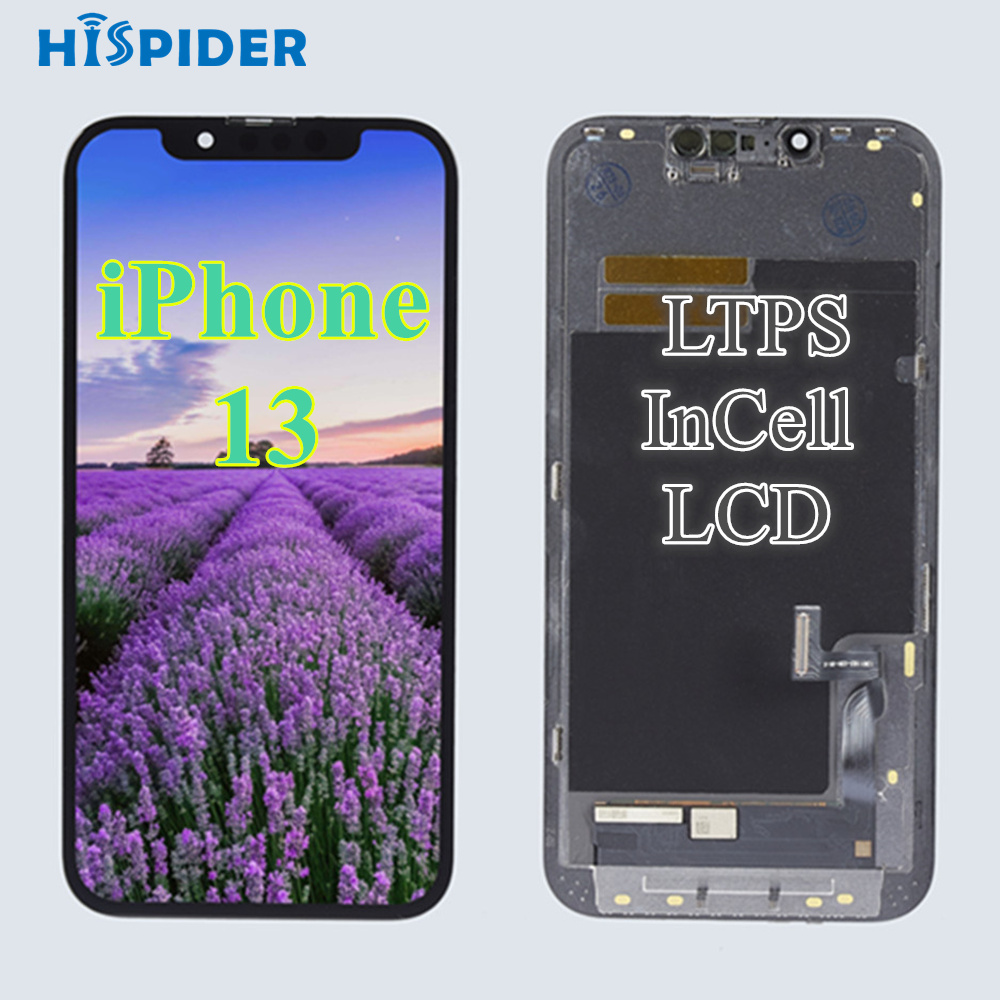Hispider tells you about your phone's screen
1.Screen fineness
An important factor in determining the quality of the mobile phone screen is whether the screen display effect is fine enough, there is no granular sense, and the text edge display effect is sharp enough. This indicator is determined by three factors: screen resolution, pixel arrangement and screen size. Among them, the physical quantity that determines this factor is PPI of equivalent RGB arrangement.
For mobile phones:
1.when the PPI of the equivalent RGB arrangement is less than 300, then the screen precision is very poor;
2. when the PPI of the equivalent RGB arrangement is 300-325, the fineness of the screen is poor;
3. when the equivalent RGB arrangement of PPI in 326-350, then the screen fineness is a passing standard;
4. when the equivalent RGB arrangement of PPI in 351-400, then the screen fine;
5. when the equivalent RGB arrangement of PPI above 400, then the screen fine is very good.
With the iPhone 11 Pro, its resolution is 2436*1125, the pixel arrangement is diamond arrangement, the screen size is 5.8 inches, and the PPI of the equivalent RGB arrangement is 374, which can be known that the screen is fine.
1.1. Screen resolution
Screen resolution is the number of pixels displayed on the screen, resolution 3840*2160 means that the horizontal direction contains 3840 pixels, and the vertical direction contains 2160 pixels. In the case of the same screen size, the higher the resolution, the more fine and delicate the display effect.
1.2. Pixel arrangement
At present, the pixel arrangement mainly has standard RGB arrangement, diamond arrangement, Zhou Dongyu arrangement, RGBRGW arrangement, Delta arrangement and so on. Among them, at the same resolution, the standard RGB arrangement screen finness is the best, the diamond arrangement is followed by 81% of the standard RGB arrangement, the Zhou Dongyu arrangement is 74% of the standard RGB arrangement, the RGBRGW arrangement is 71% of the standard arrangement, and the Delta arrangement is 67% of the standard arrangement.
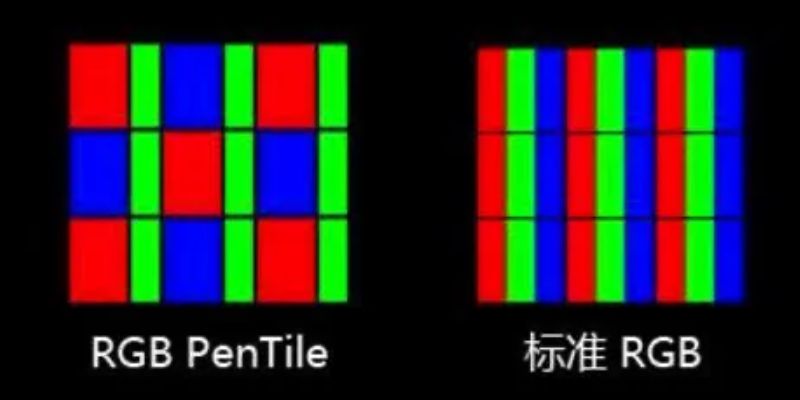
3. PPI of equivalent RGB arrangement
In recent years, the arrangement of pixels on the mobile phone screen of various manufacturers is different, so the traditional PPI formula can not well indicate the fineness of the mobile phone screen. At this time, an equivalent RGB arrangement of PPI can be introduced to determine the fineness of the screen, the specific point calculation method is under the square root (square of horizontal pixels + square of vertical pixels) * screen pixel arrangement conversion factor/screen size.

This single indicator can only represent the fineness of the screen, and cannot determine the quality of the screen.
For example: the iPhone 11 Pro was calculated above, and its equivalent RGB arrangement has a PPI of 374. As a thousand yuan machine, the red rice 9, using a 6.53 inch 2340*1080 resolution LCD screen, using standard RGB arrangement, the equivalent RGB arrangement of PPI up to 394. So is the Redmi 9's screen quality better than the iPhone 11 Pro's? This is obviously impossible.
2. Color gamut
Gamut is the method of encoding a color, and also refers to the sum of the colors that a technical system can produce. In computer graphics processing, a gamut is some complete subset of a color. The most common application of color subsets is to accurately represent a given situation.For example, a given color space or the color range of an output device.
For a wide color gamut, the international standard is that the standard color coverage can reach 92% and NTSC is defined in a wide color gamut. Looking at the current mobile phone market, the mainstream color gamut is 100% DCI-P3 (about 96% NTSC color gamut, belonging to the wide color gamut). 72% NTSC or 100% sRGB (approximately equal to 72% NTSE color gamut) are low-end screens. A wider gamut can show more colors, and a low gamut screen can make the display dull.
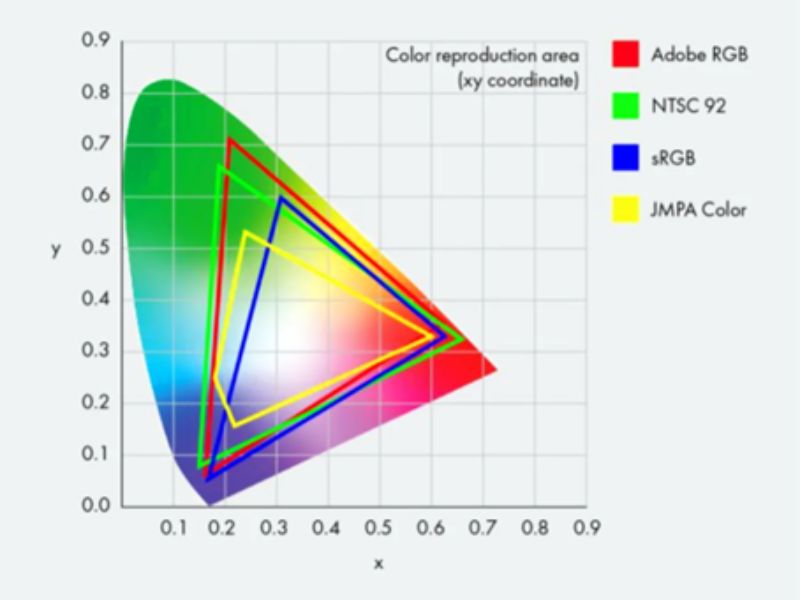
3. Color accuracy
Color level is a measure of the accuracy of color reproduction, generally expressed by JNCD, a good screen JNCD can be less than 0.5. Better color performance can bring about better color reproduction, avoid display color bias problems, and produce certain cognitive biases. In addition, the average ΔE is also a physical quantity to measure the color level, representing the average color deviation value. Similarly, the smaller the better, the value of a good screen can be less than 1.
4. Maximum screen brightness
This index affects the HDR display effect and the display effect in outdoor sunlight. I think 1200nit of excitation brightness can give a good HDR effect, and in outdoor sunlight, 600nit brightness is the minimum standard to be able to see the screen content. Of course, in the outdoor sunlight, the same brightness, OLED screen visibility is better than LCD screen visibility. This is because OLED screens have a higher contrast ratio than LCD screens, making them appear clearer to the human eye in high light.
5. Dark color
Color depth can also be called color depth, is the number of bits to represent the number of digital image color units. Generally speaking, the mobile phone screen is 8bit (16 million colors), and the Mi 10 Supreme commemorative edition is 10bit (1 billion colors). The benefit of higher color depth is that it can reduce the color fault, for the common gray scale test, 8bit can display 256 gray levels, and 10bit can display 1024 gray levels.
6. Refresh rate and dimming method
Refresh rate is the number of frames displayed on the screen per second, 60Hz is 60 frames per second, 120Hz is 120 frames per second. The higher the refresh rate, the smoother the display.

The figure above intuitively reflects that the higher the screen refresh rate, the smaller the interval between each refresh. When the refresh interval is small to a certain extent, it will make people feel that the display is coherent, and it will feel very smooth when used. But the threshold is high, and the higher refresh rates currently available on phones are just there to trick the human eye into perceiving each frame as coherent as possible.
However, because the LCD screen will produce a certain drag phenomenon, at the same refresh rate, the fluency of the OLED screen is better than the display fluency of the LCD screen. Especially in the cold winter, this phenomenon is more obvious.
Similarly, many OLED screens use PWM dimming, which, like screen refresh, is also discontinuous. By controlling the flicker frequency of the screen, the visual residual effect of the human eye is used to realize the adjustment of different brightness
.
At present, the blinking frequency of the OLED screen using PWM dimming is several hundred Hz, and such low-frequency flickering is actually harmful to the human eye. Especially at low brightness, the flicker frequency is further reduced, which is more harmful to the human eye. The vast majority of LCD screens use DC dimming, by adjusting voltage or current to achieve brightness adjustment, this dimming method is continuous. Therefore, try not to play mobile phones with the lights off at night, especially the OLED screen with PWM dimming, which is very harmful to the human eye.
As a professional mobile phone replacement screen manufacturer, Hispider not only follows the development of mobile phone screens, but also produces the latest OLED screens, considering the user's demand for cost-effective mobile phone screens, LED mobile phone replacement screens are also in continuous production. Hispider has the latest series of phone replacement screens from Apple, Samsung and others, and the quality is no problem. Look forward to meeting you.


